
3,000-Year-Old Honey-Barley Bread Recreated in Ancient Hasankeyf
Researchers in Türkiye’s historic district of Hasankeyf have successfully recreated a 3,000-year-old honey-barley bread, using instructions preserved in cuneiform tablets from ancient Mesopotamia. The experimental culinary project, conducted by faculty members at Batman University’s Hasankeyf Vocational School, brings one of the world’s earliest documented bread recipes back to life.
The academic team—İlker Aksoy, Hüseyin Gül, Erşad Tan, Seren Kavas, and Esra Yıldırım—identified references to barley bread in 3rd Dynasty of Ur ration tablets, Old Babylonian baker records, and ritual food lists describing temple offerings. Their comparative analysis showed that similar bread was also produced across Ancient Rome and Classical Greece, emphasizing its widespread cultural significance.

From Cuneiform Tablets to a Working Culinary Formula
Project lead İlker Aksoy explained that barley bread appears frequently in early administrative tablets documenting daily provisions for laborers:
- “One barley bread for each female worker; two for each male worker…”
- “For the temple banquet: 12 large barley loaves, 6 loaves sweetened with honey…”
Their research also identified barley breads listed as ritual offerings and even priced items in economic documents from the Hammurabi period.
📣 Our WhatsApp channel is now LIVE! Stay up-to-date with the latest news and updates, just click here to follow us on WhatsApp and never miss a thing!!
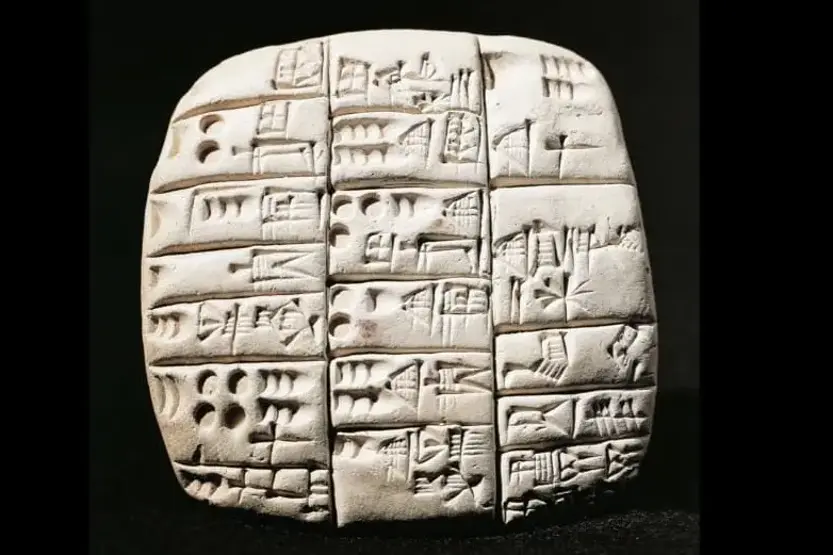
Using these texts, the team reassembled the recipe and produced a test batch using barley flour, honey, water, and sea salt—ingredients consistent with Bronze and Iron Age food traditions across Mesopotamia. Following multiple trials, they achieved a dough texture suitable for baking on hot stones, just as ancient bakers would have done.
The reconstructed recipe uses:
- 2 cups barley flour
- 1 cup warm water
- 2 tablespoons honey
- 1 teaspoon sea salt
“Touching the Food Heritage of a 12,000-Year Landscape”
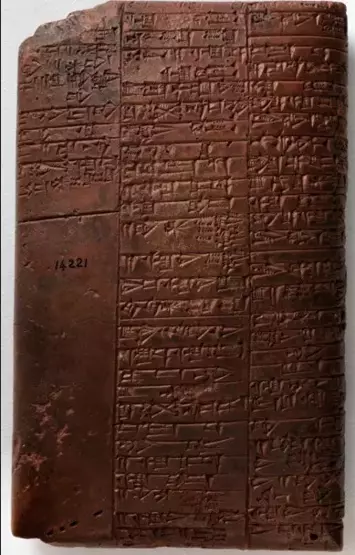
Aksoy described the process as an emotional and intellectual journey:
“Understanding what people ate in this region over thousands of years—through scarcity, prosperity, and cultural change—gives us a deeper connection to the human story of Mesopotamia. Bringing an ancient bread back to life was profoundly meaningful.”
Cultural Heritage Meets Gastronomy Tourism
Batman University Rector Prof. Dr. İdris Demir emphasized that reintroducing the bread could contribute to both cultural heritage promotion and regional gastronomy tourism:
“This is not only a scientific achievement; it is a cultural revival. We plan to present this ancient bread at festivals and special events, showcasing a culinary tradition that once belonged to the peoples of Mesopotamia.”
Cover Photo: Freshly baked replicas of the 3,000-year-old barley loaves, made with barley flour, honey, warm water, and sea salt as described in ancient texts. Credit: AA
You may also like
- A 1700-year-old statue of Pan unearthed during the excavations at Polyeuktos in İstanbul
- The granary was found in the ancient city of Sebaste, founded by the first Roman emperor Augustus
- Donalar Kale Kapı Rock Tomb or Donalar Rock Tomb
- Theater emerges as works continue in ancient city of Perinthos
- Urartian King Argishti’s bronze shield revealed the name of an unknown country
- The religious center of Lycia, the ancient city of Letoon
- Who were the Luwians?
- A new study brings a fresh perspective on the Anatolian origin of the Indo-European languages
- Perhaps the oldest thermal treatment center in the world, which has been in continuous use for 2000 years -Basilica Therma Roman Bath or King’s Daughter-
- The largest synagogue of the ancient world, located in the ancient city of Sardis, is being restored



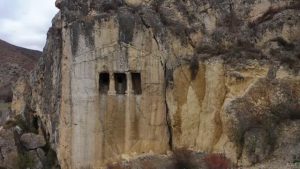


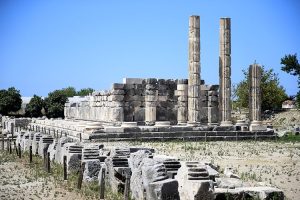



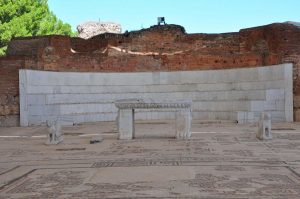
Leave a Reply